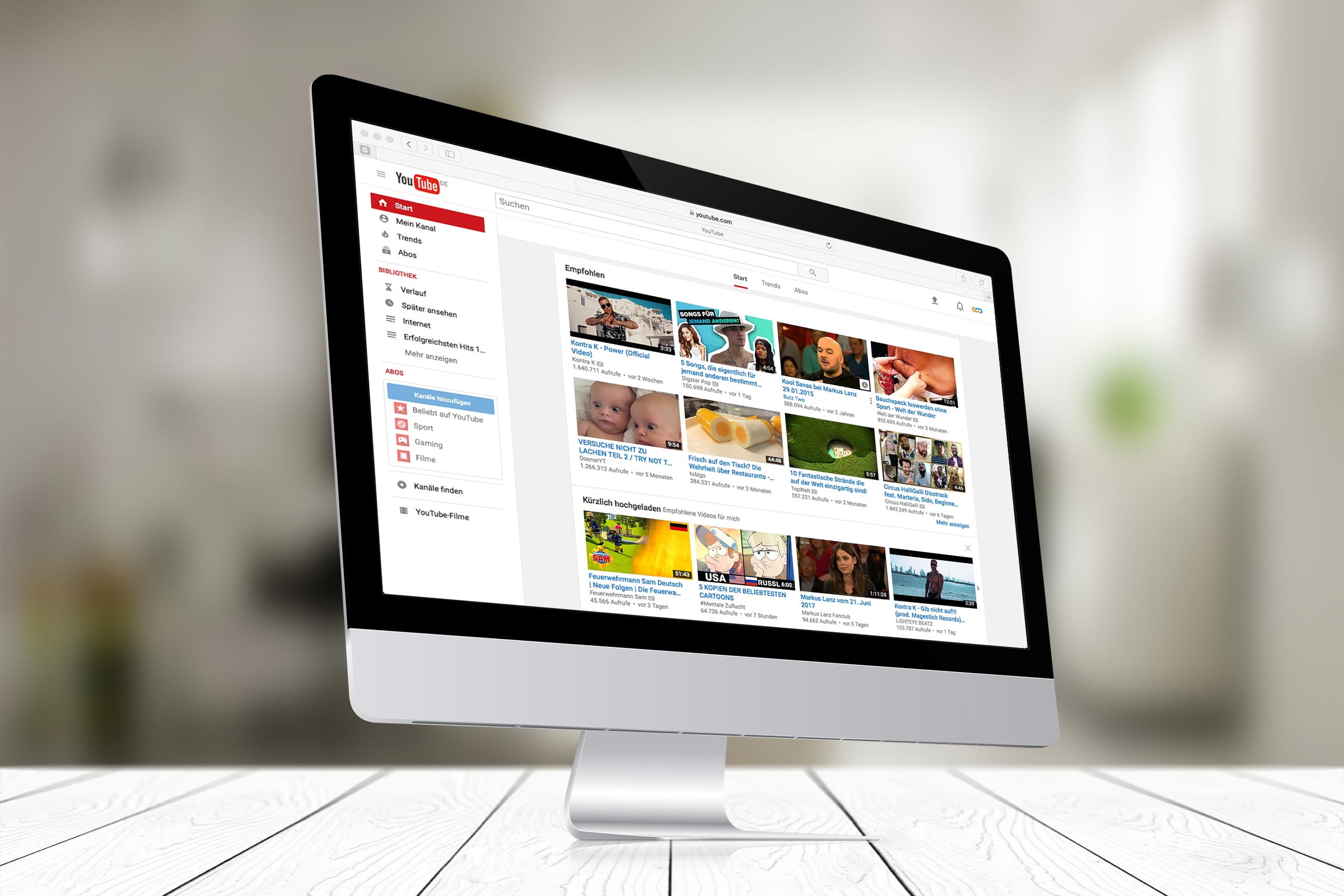No payroll process is complete without performing its accounting activity, as compensation forms one among the main portions of an organisation’s expense. it’s said that on the brink of 50% – 60% of the entire cost of an organisation is spent towards employee compensation and benefits, including statutory contributions. this is often predominantly so within the non-manufacturing sectors, where the main expense is spent on human resources. Needless to mention , it’s essential to possess a strong accounting procedure in situ . an entire step-by-step procedure with appropriate checklists must be established with the sign-off from appropriate finance teams and internal auditors.
In a small and medium business the payroll function is usually performed by a member of finance team. sometimes a payroll specialist can also be hired for this job.
Payroll accounting is not any different from other accounting principles.
It is split into two parts – (a) booking of the particular salary expense and (b) creating provisional or accrual entries within the books of accounts.
Booking the particular salary expenses:
Akin to the other expense being booked within the books of accounts, we’d like to record the transactions of salary payout consistent with the monthly pay register. Such expenses are going to be booked as ‘Employee Salary cost’ within the Profit & Loss (P&L) account while the liability to pay will get recorded within the record (BS) account under an impact account generally called ‘Salary Payable’. Needless to mention , any amount lying within the liability accounts must be paid out or is payable within the near future. This amount lying within the Salary payable account (BS) will get squared off when salary payment is really made to employee at the top of the month and therefore the corresponding bank payment entry is passed.
Illustration for booking salary costs:
pay-register
Booking the salary accrual expenses:
The second aspect of the accounting standard is to supply for futuristic salary expense or accrue for future liabilities for any unpaid wages or benefits that are susceptible to be paid but (a) haven’t been purchased whatever valid reasons (eg, Absconding employee, overtime of employee, etc) or (b) they’re not yet due for payment but must be paid within the future (eg. Gratuity, superannuation, insurance, bonus, incentive, etc)
To clarify further on the accruals, allow us to relate this to at least one personal scenario. Assume that you simply have taken an policy for a premium of Rs.12,000 once a year and this payment is due in January of every year. Come January, you’ll have an enormous cash outflow of this amount additionally to your monthly household expenses if these aren’t planned appropriately. However, in anticipation of this expense, you would like to stay aside Rs.1,000 per month until you accumulate an amount to Rs.12,000 by end of the year.
That way, you’ll not feel the pinch of an enormous cost in one single month.
Similarly, during a business scenario, there are multiple such expenses which will not flow from currently but payable sometime within the future. this is often what’s called creating expense provisions or accruing of liabilities. almost like salary payable account within the record , other such similar liability control accounts are often created.
Illustration of booking of accrual:
data-analysis
This is not only an honest practice to follow but may be a mandatory requirement as per GAAP. One suggested method to make sure we don’t miss out on any accruals of income or benefit is to run a checklist on all pay elements from the wage catalogue by each item and mark them as either paid out or yet to be paid. people who fall into yet to be paid or payable will form the accrual for the month.
Illustration on how the Profit & Loss will appear as if if (a) only cost is booked and (b) cost plus accrual is booked.
cost-only
cost-plus-accruals
You will notice from the primary chart that the monthly total salary costs are so unsteady and unpredictable. To avoid this example , booking of cost along side accruals on a monthly basis will help to evenly spread the expenses the entire year, as illustrated within the second chart.
Actuarial evaluation and related accounting entries:
Accounting Standards (AS-15) requires companies to accrue for employee liabilities like Gratuity and every one sorts of Leave encashment. With regards to gratuity, since the quantity payable depends on last drawn salary at the top of service and also number of years served (minimum of 5 years or more only are eligible), it’s difficult to predict both the precise values today. Similarly, with regards to go away encashment, it can’t be predicted what percentage leaves an employee would avail during the year or what percentage would be carried forward or encashed. Hence the guiding principles recommend a way called ‘Actuarial Valuation’. This valuation is only supported certain assumptions, analysis of past data or parameters and is an approved method to accrue for these liabilities. The valuation is performed by specialists called ‘Actuaries’. The payroll officer usually provides the actuaries with the inputs for assumptions or parameters.. Once the accrual value is figured out & approved, an equivalent must be booked under liabilities within the books of accounts.
Accounting entries just in case of over payments or recoveries due from employees:
There are instances where an employee may get overpaid thanks to whatever reason or may find yourself during a negative salary thanks to more than deductions over income. the surplus amount or negative pay must be booked as salary advance within the name of the worker within the Asset side of BS under an impact account generally called ‘Employee Recoveries’. Once the worker repays an equivalent by way of cheque or bank transfer, then the entry will get nullified via the bank entry. If the quantity is recovered through payroll then the quantity will get nullified via the monthly payroll entry, because the case could also be . within the event the quantity so due from the worker isn’t recoverable thanks to any reason, the payroll officer must check for Company’s accounting guidelines for timely write-off of such aged recovery items & take appropriate action on a daily basis.
Reconciliation of payroll accounts:
Remember that the accounting activity isn’t over by merely posting journal entries generally ledger. Reconciliation and maintenance of payroll control accounts remains a responsibility of the payroll officer.In other words, reconciliation entails justifying and explaining any closing balance in any of the control accounts, or preparing a statement to show a breakdown of the closing balance. balance by individual entries and amounts, along side supporting documents, if any on why such a liability is made within the books of accounts.
Example: Under normal circumstances, the salary payable account must show a zero balance monthly to state that the corporate has paid salaries to all or any its employees which it doesn’t owe any outstanding salaries to any of its employees. However, for whatever valid reason, it’s processed salary but not yet disbursed it to an employee or a gaggle of employees, then the unpaid amount will appear as an impressive liability within the salary payable account (control account within the BS). The payroll officer will provide an entire list of such employees who haven’t been paid and therefore the reasons thereof as a neighborhood of the reconciliation.
The same principle and methodology should be applied for all such control accounts (eg. Closure balances (gratuity, superannuation, insurance, bonus, incentive, etc.) Such reconciliations are often demanded by the management or auditors or government agencies at any point of your time . Reconciled control accounts is a continuing reminder to the pay master of what’s thanks to be paid to whom and when. On the asset side, it’ll also function a reminder for collection of outstanding dues from employees, etc.
Automate monthly payroll cost booking:
Any reliable or widely used Payroll Software will allow salary expense entries to be synced with the company’s accounting software. As a one-time exercise, the salary data are often configured to convert it into accounting entries so as to record for salary costs (for all payouts), income (for any Assets (for any debts owed to the Company), liabilities (for any debts owed to the Company), and recoveries (for any dues by Company including cost accruals). this may not only avoid time consuming manual posting of entries but eliminate the danger of errors or manipulation






